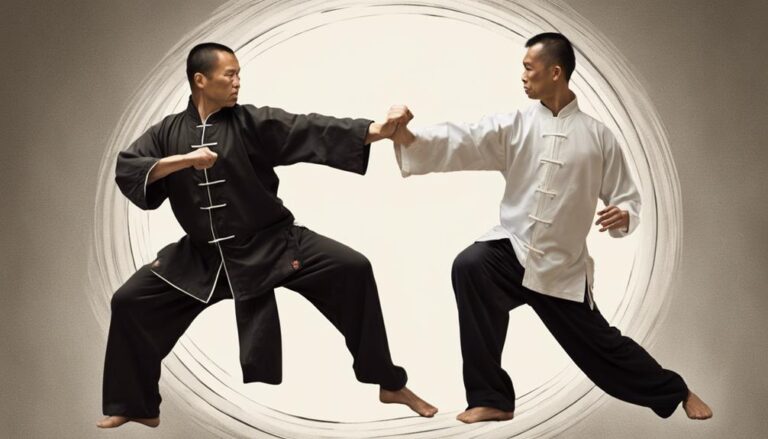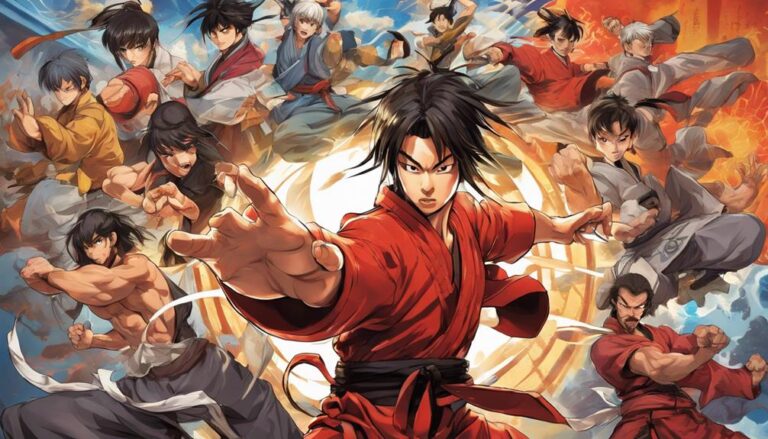Kung Fu, a martial arts and combat sport, has had a lot of success in spreading to different countries around the globe.
Even though its origin is in China, it began to spread to countries like America in the early 1800s.
Yet, Kung Fu did not actually become mainstream until 60 years later. This is because the first exhibition of Kung Fu was not introduced to the public until such time.
Also, as these events begin to increase in numbers, stand-up fighting enthusiasts took note of how this type of fighting could be used (i.e. street fighting, self-defense, military fighting to disarm, detain, or to even kill).
With that being said, it is also important to note that there are many different styles and designated names of punches for Kung Fu. Each of these is listed as follows:
7 Main styles of Kung Fu
- Shaolin Kung Fu
- Wing Chun
- Tai Chi
- The Northern Praying Mantis
- Baguazhang
- Xingyiquan
- Bajiquan.
Each of these styles is also known for having its own unique techniques, traditions, and advantages.
Contents
12 Kung Fu Punches By Name
To become skilled and proficient in Kung Fu, you should know the names of each of these punches, what they are intended for, and how to perform them whenever it is required.
- Choong choui: Thirst Punch
- Pao choui: Cannon Punch
- Ngow Kok choui: Horn Punch
- Wang phek choui: Diagonal Punch
- Sou choui: Sweeping Punch
- Pean choui: Whip Punch
- Long choui: Wave Punch
- phak choui: Chopping Punch
- kwa choui: Hanging Punch
- kham choui: Smashing Punch
- Kap theai choui: Armpit Punch
- Pau choui: Throwing Punch
Punches Designated Strategically for Self-Defense Positioning
Unlike other stand-up fighting martial arts like Muay Thai, Kung Fu‘s primary focus is self-defense, especially since its overall aim is to build a set of punches with a combination of kicks and throws.
For instance, instead of athletes fighting to land devastating strikes, the guiding principle behind Kung Fu is to evade and defend themselves.
In essence, the stikes that the fighter lands may not be powerful blows but close-up smaller quick strikes.
And this is also one of the main reasons why the use of these 12 punches and their distinct names have been so important to this style of martial arts.
With that being said, here are 2 common examples of Kung Fu punches that you may be interested in learning about and why.
Wang phek choui/ Diagonal Punch – For Everyday situations
As mentioned above, each individual punch is used strategically for different situations. This is also why the use of the diagonal punch is so important in self-defense.
In fact, one of the best ways to describe the diagonal punch is to say ‘one problem and several solutions’.
This is primarily because the diagonal punch is applicable in everyday life situations. For instance, because an attack can come from different directions (face-to-face, the right side, from the back and etc.), the diagonal position is meant to give the victim a significant advantage over the aggressor.
Also, by using this technique, the body can be placed in a position of favor for defense, and it better enables an efficient counterattack.
To learn more about this punch take a look here
Pao choui/Cannon Punch – For Continuous Attacks
The cannon punch is also used strategically to defend yourself. In this situation, you need a punch that will work efficiently, especially if your aggressor does not want to quit.
Typically, when you use the cannon punch, it will not matter how they respond. For instance, if the aggressor is holding you with both hands, you can use the cannon punch and its strategy to reverse the hold and the attack.
Conclusion
As mentioned above, Kung Fu has had a lot of success in spreading to different countries around the globe. And there are many reasons why.
One of the most notable is the capability for people to learn how to defend themselves through various techniques, including using kung fu punches strategically.
Kung Fu punches are identified by specific names and are used for different reasons and purposes. Therefore, for anyone who is interested in this form of martial arts and its self-defense techniques, this is a great place to start.
Since these punches are broken down by name, seasoned and novice fighters alike can use each one to their advantage.
Especially, because punches like the diagonal punch can prepare the individual to protect themselves when the attack comes from any angle or direction.





